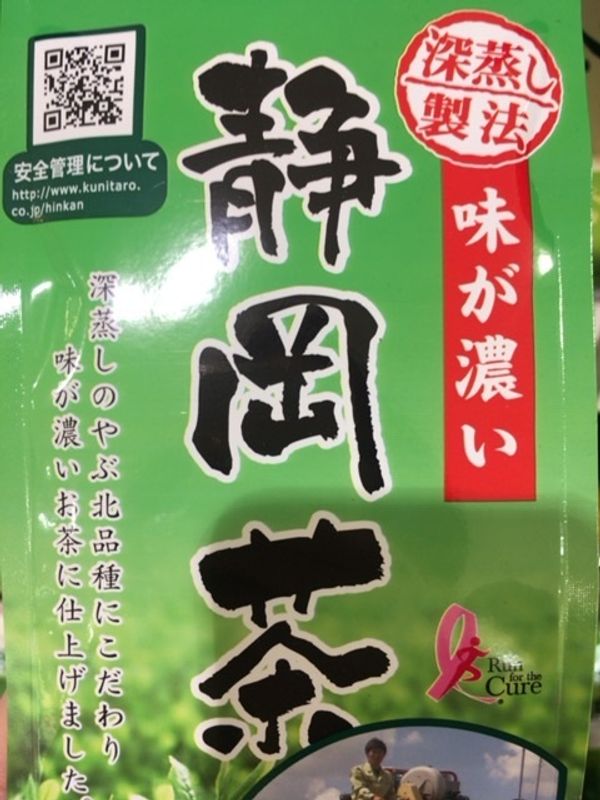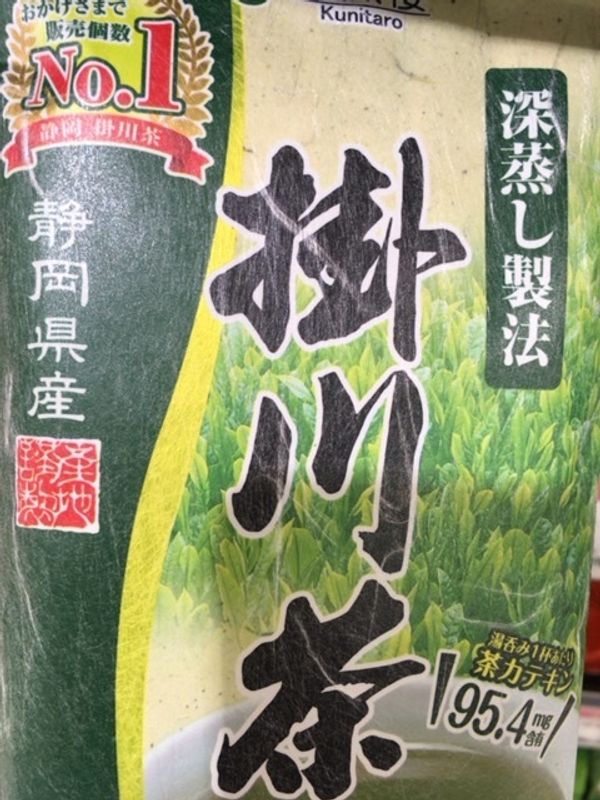Nov 7, 2018
The hunt for Kunitaro
So, I’ve been thinking about tea. Specifically tea from Shizuoka. As the prefecture is famous for its lovely tea, I decided yet again to go hunting for some and see what I could find.
Last time I went looking, I only went to one shop in my neighborhood. And the selection in that place (the supermarket called Life) was laughable to be honest. There were maybe two kinds of tea from Shizuoka.
To be fair, living in Kansai really skews the scales a lot to the direction of tea from Uji. I mean, it’s right there! Of course, people are going to sell only their local teas. It only makes sense.
But that just makes the hunt more exciting. Who wants to go hunt cows in a field when you can go hunt the most dangerous game of all! …. Tea.
So I went to some supermarkets along the Keihan line for this one. I can’t remember the shop names, but it was in a city called Hirakata and the supermarkets were right near the station. This probably explains why my haul was better than before, because train stations means travelers, means souvenirs, means tea (from a different prefecture?).

So the first one I picked up is simply called 静岡茶, or just Shizuoka tea. This is from a company called Kunitaro. I picked up two kinds of tea from them and the first one had what I can only describe as a warning label. In a red banner, it reads (味が濃い) which in English could mean it tastes rich, thick, deep or strong. Whatever it means, I was in for a good time.
And true to its warning, it was a bit strong for my taste. Not ridiculously strong, but something for more advanced tea-drinkers. On a level that I have not reached yet. But still pretty drinkable, and I will finish the pack I bought ( I have been known to pass on any food items I dislike, but this is not one of them).

The second one was also from Kunitaro and was called 掛川茶 or Kakegawa-cha, presumably from Kakegawa City in Shizuoka.
This one sported a label indicating that it has 95.4mg of catechin, an antioxidant that may or may not be helpful to reduce cholesterol and improve blood pressure. (Is this a real thing or is this one of those labels that are technically correct but don’t amount to much, like saying a piece of wood is MSG free? Genuinely asking here..)
After drinking this one, comparing the two from Kunitaro, I would say this one is the better of the two. The flavor was just right, and maybe all those catechins helped reduce my blood pressure to a nice round number. Who knows.
All in all, I think Kunitaro makes a pretty delicious brand of tea. Now that I know about them, I shall be more inclined to compare them to other companies. It’s like choosing a soccer team. I have a tea(m) to root for now.
Life is good.
This post is supported by Shizuoka Green Tea Guide, one of City-Cost's Supporters helping City-Cost bloggers to enjoy life in Japan and engage in new experiences.



0 Comments